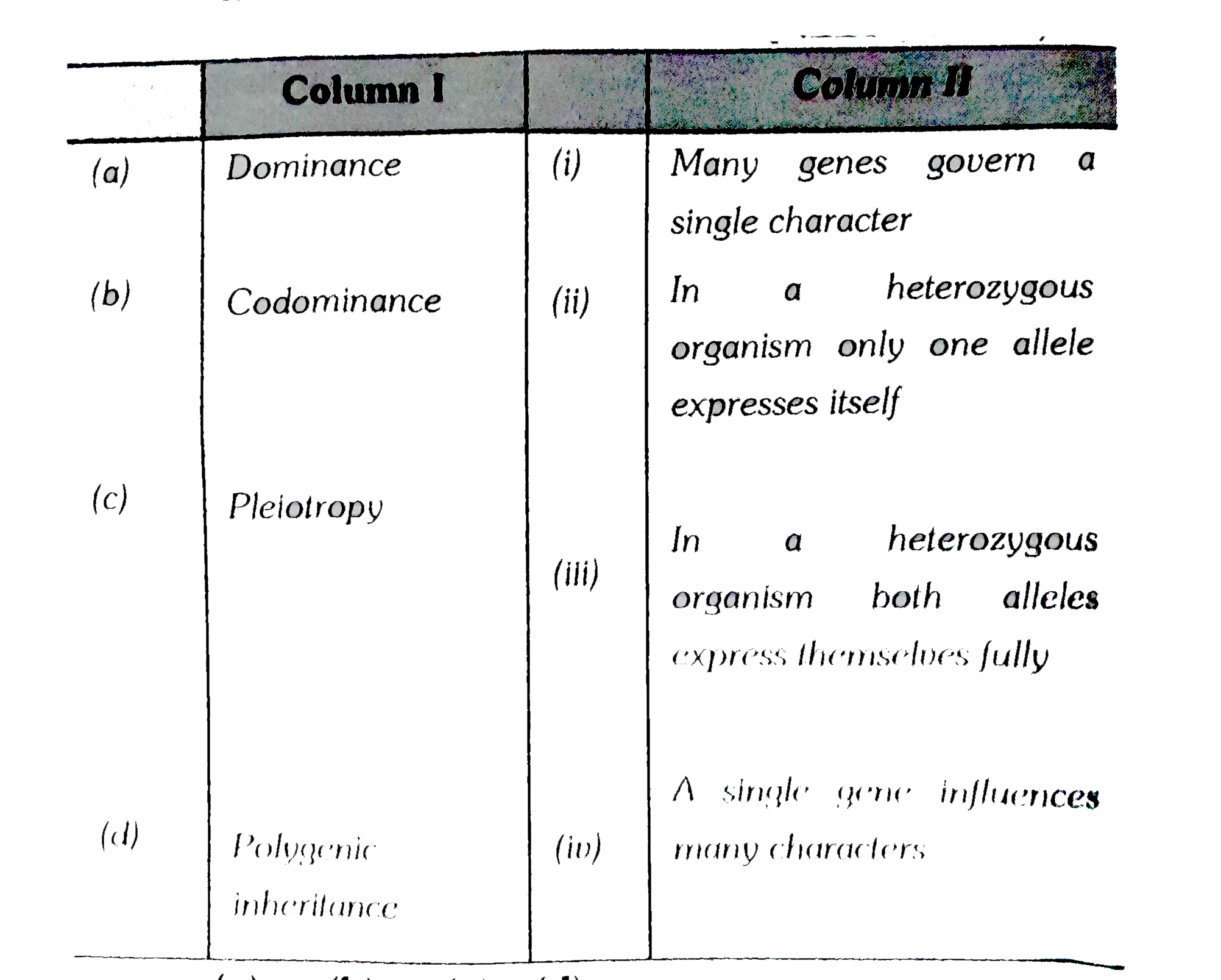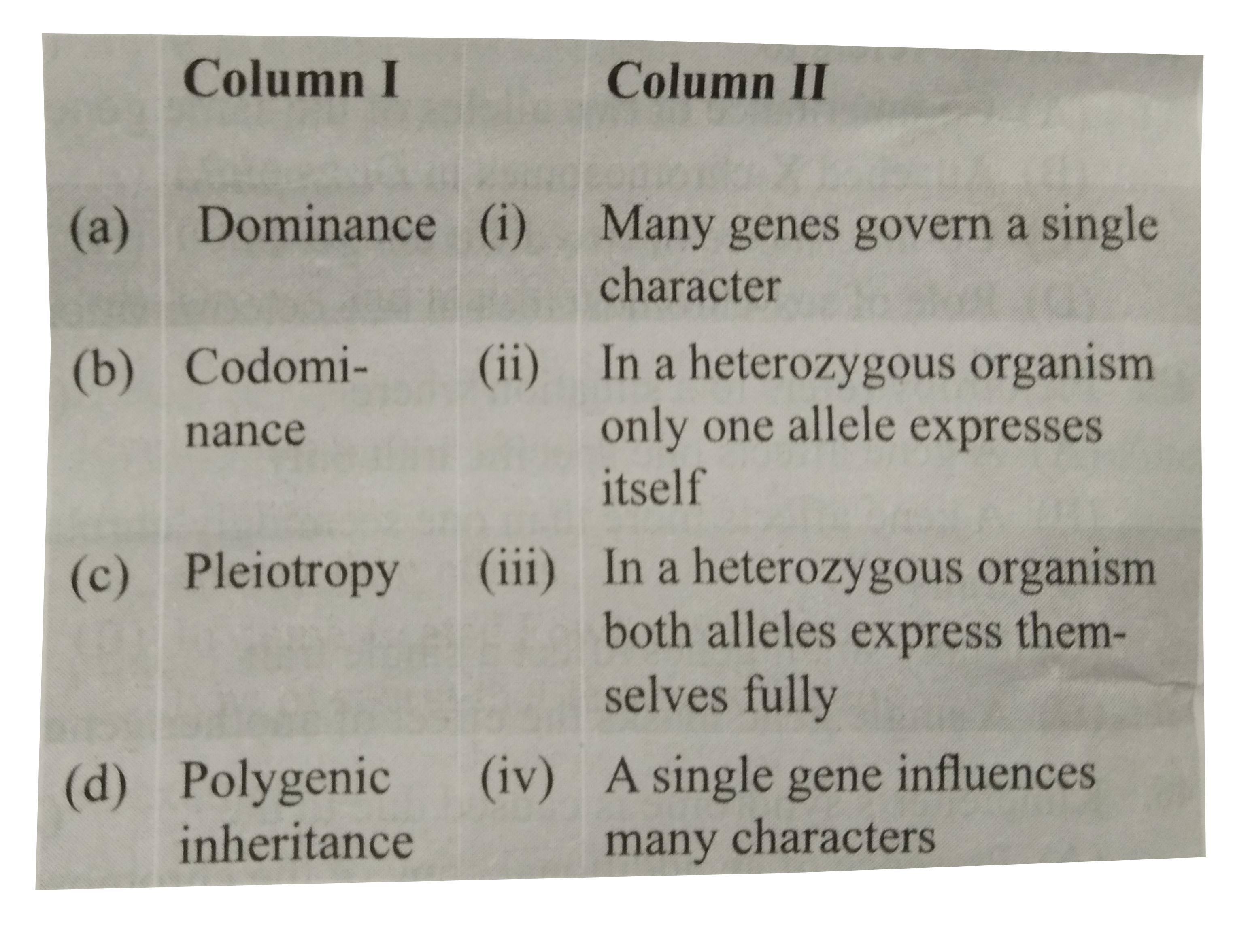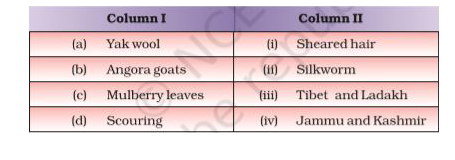Match the rerms mentoned in Column-I with the terms in Column-II

Text Solution
(A−3),(B−6),(C−2),(D−1),(E−4),(F−5)
(A) Carbocation −sp2 hybridised carbon with empty p-orbital
Explaination: The +CH3 carbocation remove p-electron and form p-orbital containing sp2 carbon.
(B) It is negative charge contaning neutral −OH,C−(I),..NH3 etc. i.e., electron donating group.
(C ) Hyperconjugation- Conjugation of electrons of C-H σ bond with empty p-orbital present at adjacent positively charged carbon

(D) Isomers- Cyclohexane and 1-hexene
 and CH2=CH−CH2CH2CH2CH31-hexene
and CH2=CH−CH2CH2CH2CH31-hexene
Both are different structure but formula is C6H12.
(E ) sp hybridisation - Ethyne H−C↑⏐
⏐⏐sp≡C↑⏐
⏐⏐sp−H
(F) Electrophile- Species that can receive a pair of electrons. +NO2,+Cl,+CH3,SO3 etc. are species that can receive and pair of electron because they are positive charge or electron incomplete in it
|
Topper's Solved these Questions
- ORGANIC CHEMISTRY SOME BASIC PRINCIPLES AND TECHNIQUESBOOK - KUMAR PRAKASHANCHAPTER - ORGANIC CHEMISTRY SOME BASIC PRINCIPLES AND TECHNIQUESEXERCISE - Section -D -Assertion and Reason Type
12 Videos
- ORGANIC CHEMISTRY SOME BASIC PRINCIPLES AND TECHNIQUESBOOK - KUMAR PRAKASHANCHAPTER - ORGANIC CHEMISTRY SOME BASIC PRINCIPLES AND TECHNIQUESEXERCISE - Section -D - Long Answer Type
12 Videos
- ORGANIC CHEMISTRY SOME BASIC PRINCIPLES AND TECHNIQUESBOOK - KUMAR PRAKASHANCHAPTER - ORGANIC CHEMISTRY SOME BASIC PRINCIPLES AND TECHNIQUESEXERCISE - Section -D -Short Answer Type
54 Videos
- HYDROGENBOOK - KUMAR PRAKASHANCHAPTER - HYDROGENEXERCISE - Section-D NCERT Exemplar (Long Answer)
8 Videos
- QUESTION ASKED IN JEE -2018BOOK - KUMAR PRAKASHANCHAPTER - QUESTION ASKED IN JEE -2018EXERCISE - MCQ
10 Videos
Similar Questions
Knowledge Check
Match the terms in column I with suitable terms in column II :
 AA−4,B−1,C−3,D−2BA−5,B−3,C−1,D−2CA−3,B−4,C−2,D−1DA−5,B−4,C−1,D−2
AA−4,B−1,C−3,D−2BA−5,B−3,C−1,D−2CA−3,B−4,C−2,D−1DA−5,B−4,C−1,D−2Match the terms in column-I with their description in column-II and choose the correct option
 A(a)(b)(c)(d)(ii)(i)(iv)(iii)B(a)(b)(c)(d)(ii)(iii)(iv)(i)C(a)(b)(c)(d)(iv)(i)(ii)(iii)D(a)(b)(c)(d)(iv)(iii)(i)(ii)
A(a)(b)(c)(d)(ii)(i)(iv)(iii)B(a)(b)(c)(d)(ii)(iii)(iv)(i)C(a)(b)(c)(d)(iv)(i)(ii)(iii)D(a)(b)(c)(d)(iv)(iii)(i)(ii)
Match the terms given in Column I with the items given in Column II.

View SolutionMatch the terms in Column-I with their description in Column-II, and choose the correct option.

View SolutionMatch the terms in Column I with the relevent item in Column II.

View SolutionMatch the terms in Column I with the relevent item in Column II.

View SolutionMatch the terms given in Column I with the units given in Column II.

View SolutionMatch the terms of Column I with the iteams given in column II.

View Solution

